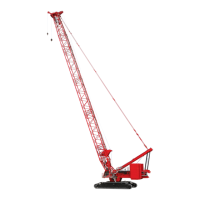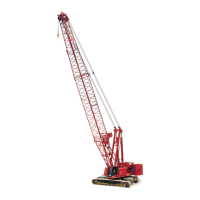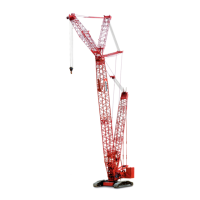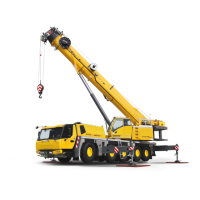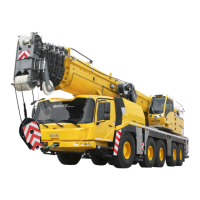Manitowoc F2280-3
Published 07-21-21
MLC300 Lubrication Guide
OVER-LUBRICATION
Over-lubrication is not only wasteful, but also harmful:
• Excess lubrication can work its way onto friction
surfaces and result in faulty operation.
• Oil or grease that drips onto walkways can cause
personnel to slip and be hurt.
• Too high an oil level can cause churning and foaming of
the oil and result in excessive heat and over-flow from
the reservoir.
• An extra shot of grease, if too stiff or under too much
pressure, can pop out a bearing seal.
LUBRICATION TIPS
Use the following tips during lubrication:
• Check all oil levels before start-up so the oil has had a
chance to run down from the reservoir walls and moving
parts.
• Avoid introducing dirt into reservoirs. Carefully clean the
area around dipsticks, level plugs, fill plugs, and
breathers before removing them.
• Replace level plugs, fill plugs, drain plugs, and breathers
snugly and wipe up any spillage.
• Keep oil and grease dispensers and containers tightly
closed and store in a dirt and moisture-free location.
• Clean grease fittings before and after applying grease.
• Apply grease until the bushing or bearing is purged so
dirt and water cannot enter. Wipe up excess grease.
• Protect the environment. Dispose of waste fluids, filters,
and batteries properly. See “
Environmental Protection”
on page 5.
WATER IN HYDRAULIC OIL
Prevent damage that can occur when water mixes with
hydraulic oil. Drain any accumulated water from the bottom
of the hydraulic tank at the start of each work day. Crack
open the drain valve at the bottom of the hydraulic tank.
Securely close the drain valve as soon as the water stops
draining and a steady stream of oil appears.
OIL CAN POINTS
Oil all pins not equipped with grease fittings with engine oil
every 40 hours of operation or once a week, whichever
comes first.
WIRE ROPE LUBRICATION
New wire rope is lubricated during manufacturing, but this
lubricant is only adequate for initial storage and the early
stages of operation. To prevent the damaging effects of
corrosion and to reduce wear, the wire rope must be
lubricated at regular intervals.
Contact your wire rope manufacturer/dealer for lubrication
recommendations. The lubrication interval and the type of
lubricant used depends on the type of wire rope, the severity
of duty, and the type of corrosive elements the wire ropes is
subjected to:
• The wire rope must be properly protected at all times.
• The lubricant must be fluid enough to fully penetrate the
strands and rope core. Use one of the methods shown in
Figure
to lubricate the wire rope.
• For maximum penetration, apply lubricant where the
wire rope “opens up” as it travels around a sheave or
winds onto a drum.
• The wire rope must be clean and dry before applying
lubricant. An air jet or wire brush may be used.
Do not use grease to lubricate wire rope. Grease will not
penetrate rope properly and will buildup in valleys
WARNING
Moving Rope Hazard!
Take every precaution to protect hands from injury when
rope is moving. Wear heavy gloves and move rope as
slowly as possible.
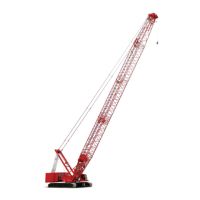
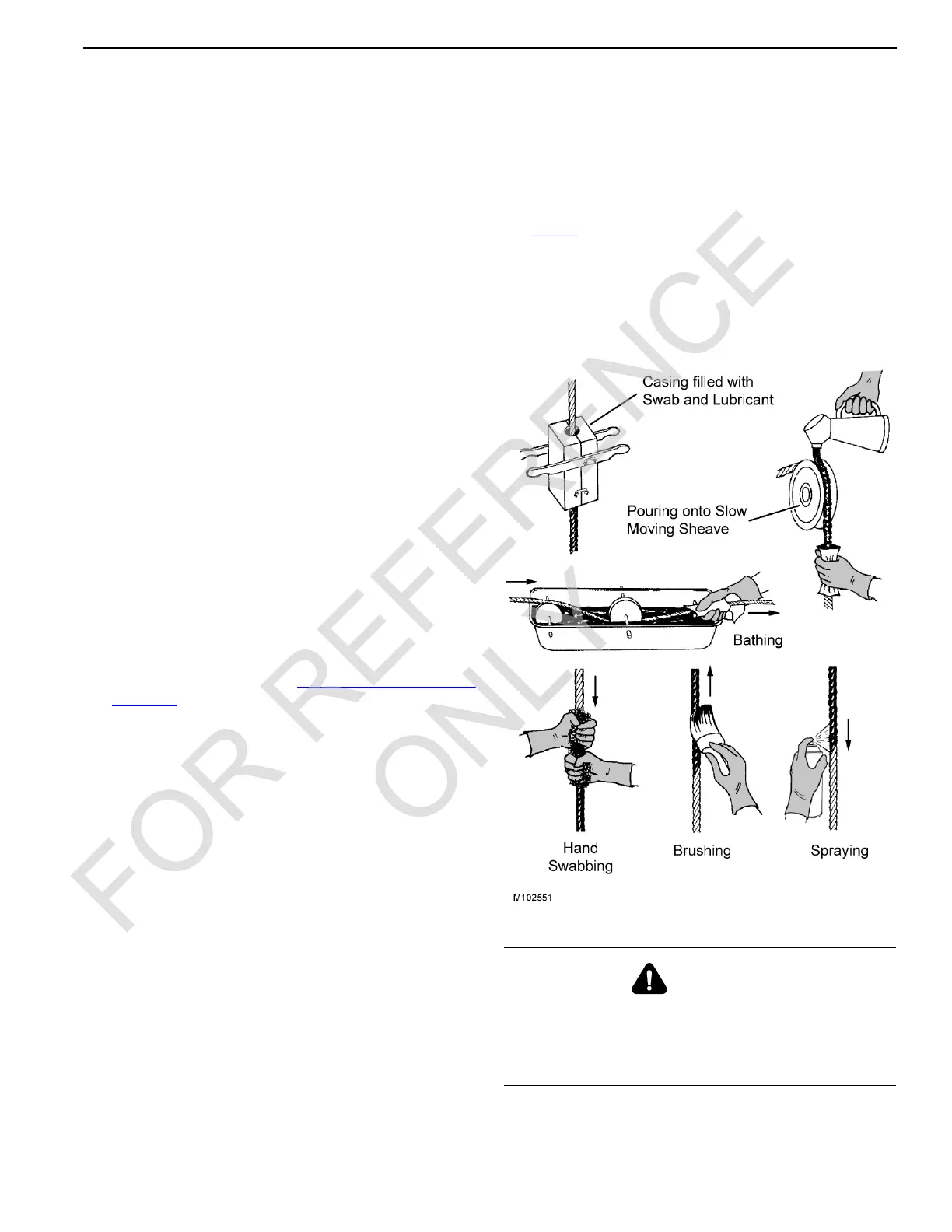